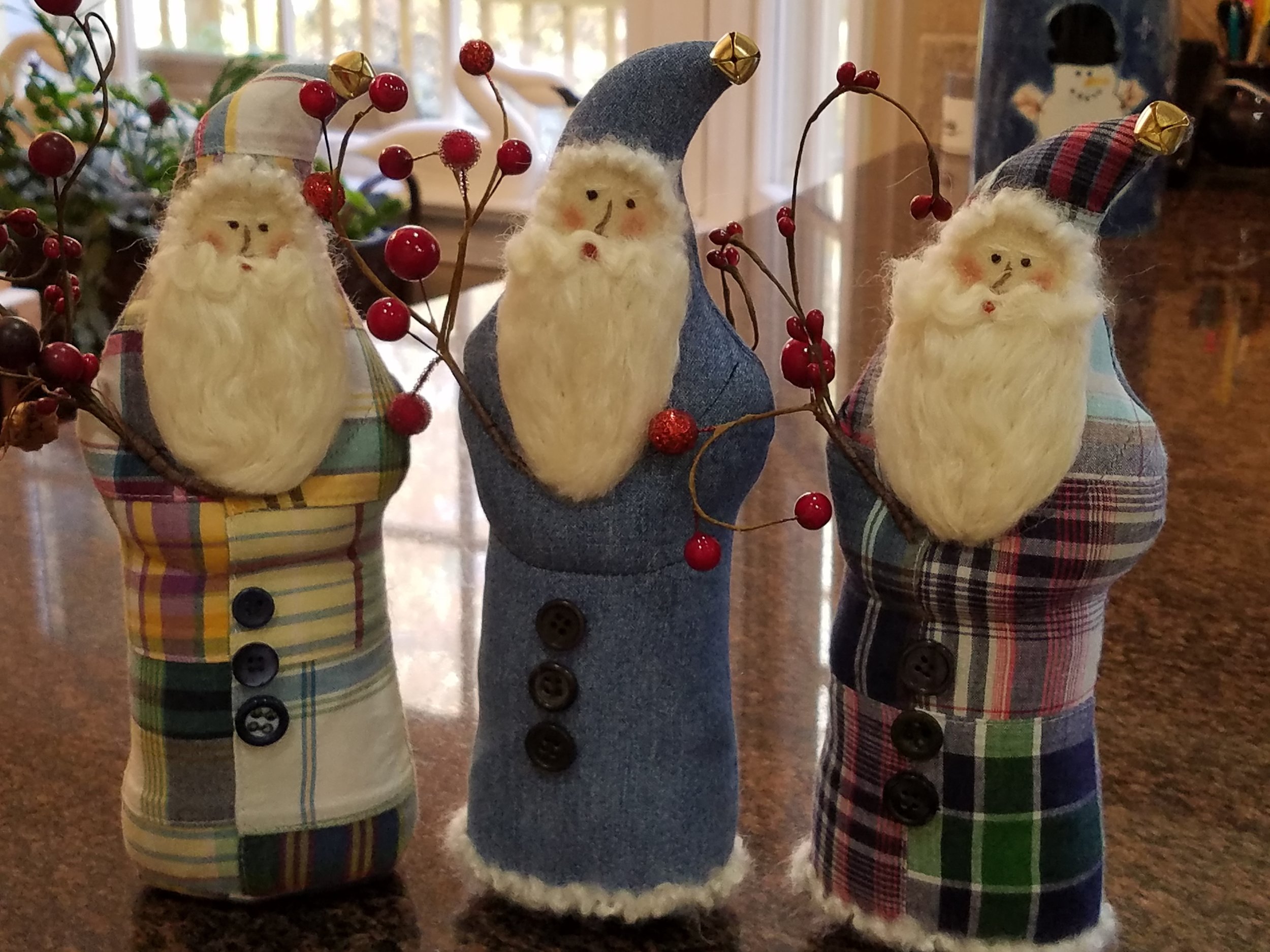Bad me - over a month since a blog entry. As each year passes, I confess to falling victim to the post-growing season, post speaking activities, less daylight/colder weather malaise. I feel more like a mammal eagerly anticipating a long, sleepy hibernation. I've not been totally idle - among the activities bubbling under the surface are preparations for a new webinar launch, filling out my 2018 speaking dance card, and distributing seeds for our next 24 dwarf project releases. Though I've felt sleepy, lots is getting done (but about that messy office....).
AND perhaps the biggest news - I am launching something new and exciting on Instagram in December - be sure to follow me there @nctomatoman to find out. There is more to come about this in my next newsletter; click here to subscribe!
Nice foliage from our fall trip to the zoo a few weeks ago
My 2017 gardening experience was quite rewarding, if not quite as ambitious as with previous seasons. As always, I learned an awful lot...that is one of the great joys of gardening. Of course, no garden is without frustrations and failures, but those contribute to the learning aspect. And so, as we enter December and get ready to wrap up the year, I want to share with all of you some of the major discoveries from the growing season that is already becoming a distant memory.
- Getting seedlings into the sun as quickly as possible is dependent upon the weather, but can remove the need for any time at all under grow lights. My seedlings went from my sunny office window directly into the sun (easing them in slowly, of course, to avoid shock from cold temps, direct sun and wind).
- Each season brings its own unique insect attacks, and this year, aphids hit early and hit hard. It was possible to wash them off young seedlings with a stream of water. The ladybugs that finally showed up (they were late to the party) took care of the ones on the more mature plants.
- Plants left in small (3-4 inch containers), if kept watered and lightly fed, can produce a few tomatoes, which is fine for getting a sense of color variation when doing a breeding project but there isn't enough room to plant everything. This approach provides an opportunity for some seed saving.
- Sometimes, planting less will produce more. Last year I really squeezed in my container dwarfs and had a tough time with foliage disease. This year I reduced the density - increased the spacing - resulting in healthier plants that produced more tomatoes.
- Blossom end rot hit hardest on a few of my indeterminate varieties when the plants were doing it all - growing vigorously, flowering, setting fruit and enlarging fruit. Sufficient water and food is important when the plants are so busy. The issue went away after a few fruit on the first few clusters were hit with it.
- You can't tell the quality of a straw bale by its appearance, and bales from a single source can vary. I purchased 6 straw bales from one supplier on one visit, and three of them appeared to have persistent herbicides. I need to be more vigilant about finding out about my bale source.
- It is sometimes hard to practice what one preaches. I am still just terrible at topping my indeterminate plants, but I did have a good reason. Blossom drop meant that setting fruit began quite high up the plant, so the extra growth (beyond the stake length), though flopping over, gave me the yields I was hoping for. It made for a messy set of plants, however.
- Giving our dwarf varieties lots of room really boosts the yields. Though they do just fine in a 5 gallon container, increase that to 20 gallons and the results are quite spectacular. Dwarfs planted in a traditional garden (with lots of space for roots) should produce very well.
- Previously unseen diseases can suddenly show up and strike hard. I've never experienced issues growing peppers or basil, but my crops were pretty well decimated - peppers with bacterial spot, and basil by downy mildew. My guess is that they blew in, or were spread by chewing insects.
- Foliage fungal diseases on tomatoes such as early blight and septoria certainly impact the appearance of the plants, but if regularly managed, won't kill the plants. Just about all of my tomato plants had lower foliage spotting with one or both, but regular removal of lower foliage and good spacing allowed for nearly all of the plants to grow until early September and provide good yields of high quality tomatoes.
I think that's it for my main eye-openers. Please email me and ask if you want more info on the above - more reflection on my part will likely lead to additional things learned that I will share in time.
Last, but not least - for those looking for a unique gift for their loves ones at this time of year, take a look at my wife's hand-crafted Memory Santas. Ordering info can be found by clicking the hot link in the previous sentence. Please note - they are going fast! Free shipping if ordered before Christmas! I've included a few example pictures below. More pictures can be found on her website.



